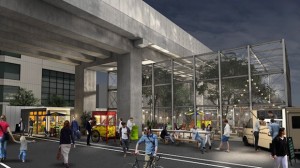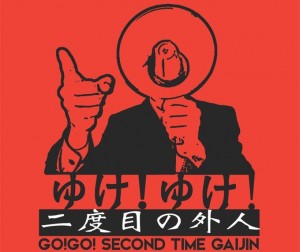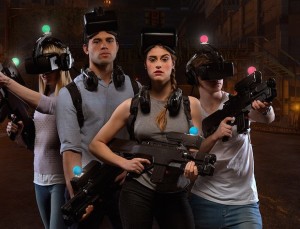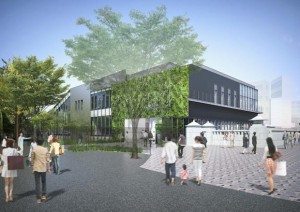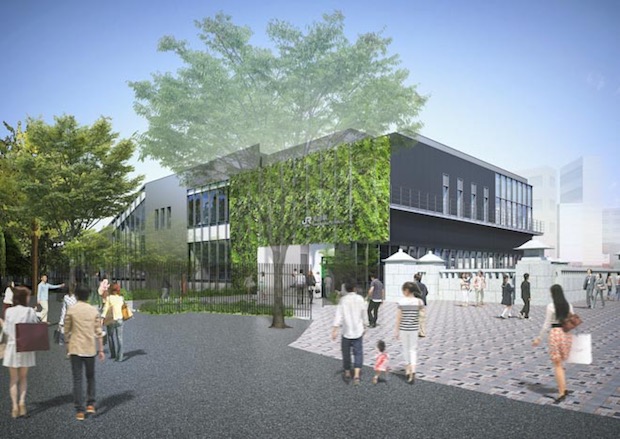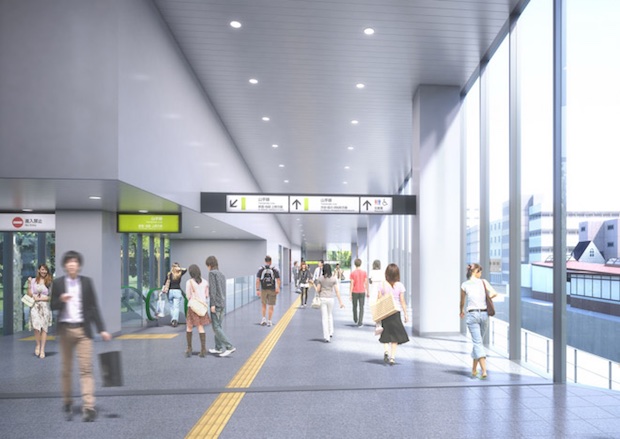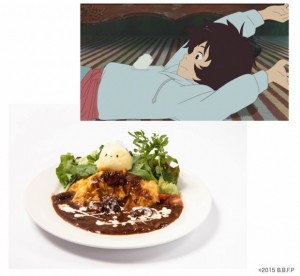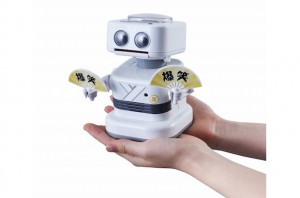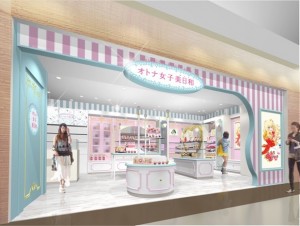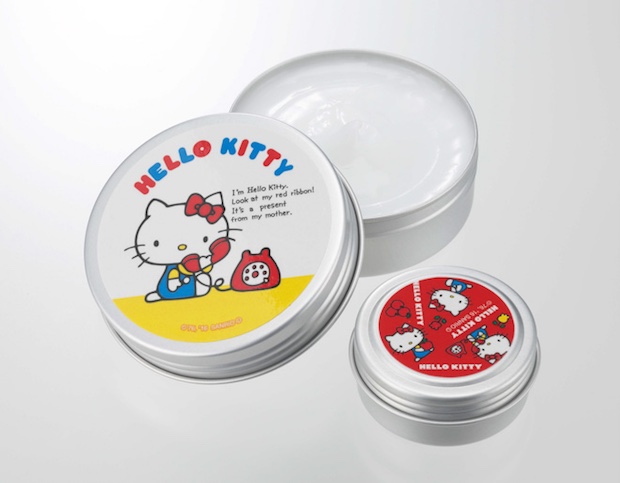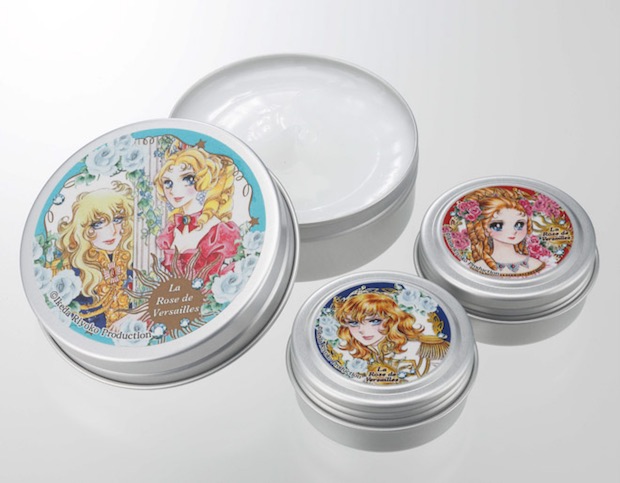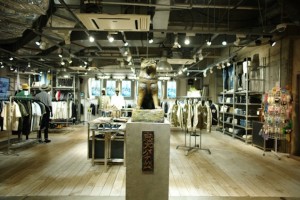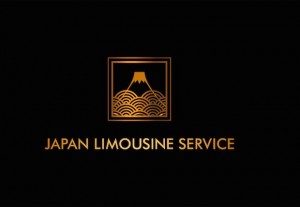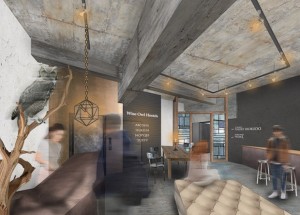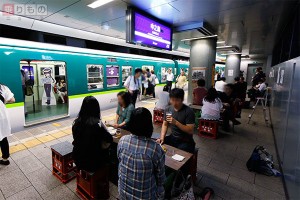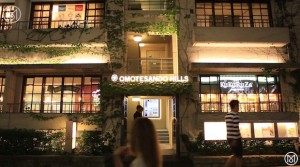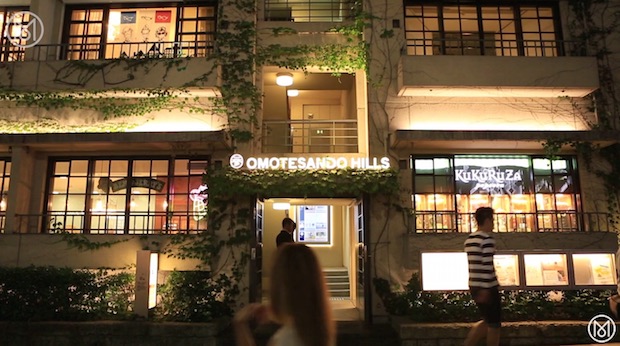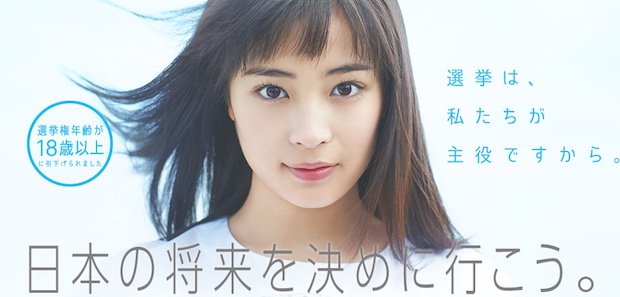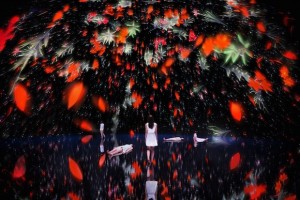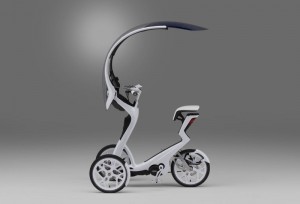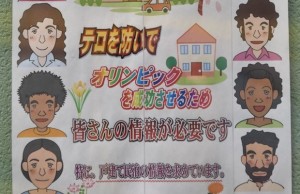
As reported last year, Warehouse Terrada will officially open Japan’s first architecture model museum in Tokyo on June 18th.
Exhibiting architecture is always difficult. Although there are regular architecture-themed exhibitions at museums and galleries around Tokyo — especially Gallery MA — it can be tricky to bring the projects to life through plans, models and video alone. But specialists and students certainly see the benefit of viewing original models created by leading architecture studios, and even for the general public the models have their own merits as skilfully made replicas.


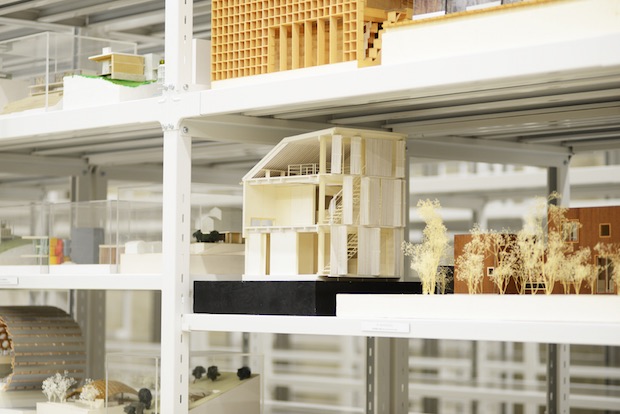
Entry to Kenchiku Soko (Architeture Depo) costs ¥1,000 for adults and ¥500 for students. The museum is open 11:00-21:00 and closed on Mondays. It is located in the bay area near Tennozu Isle Station.
The facility has a total of 116 shelves inside of an enormous space, which is about 450m2 with ceiling height of 5.2m.
Exhibits feature the work of some of the darlings of Japanese architecture and design, including Wonderwall, Kengo Kuma, Jun Aoki, Torafu Architects and Pritzker Prize-winner Shigeru Ban.
Shelves include panels with information on the exhibitors and QR codes so visitors can view more on their phones or tablets, such as exhibitor careers, photographs of the actual completed architecture sites and design plans.







The museum will also function as an archive, building a large repository of Japanese architecture models and designs for future generations to study. (The operator the museum, Warehouse Terrada, already has a large art storage service.)

